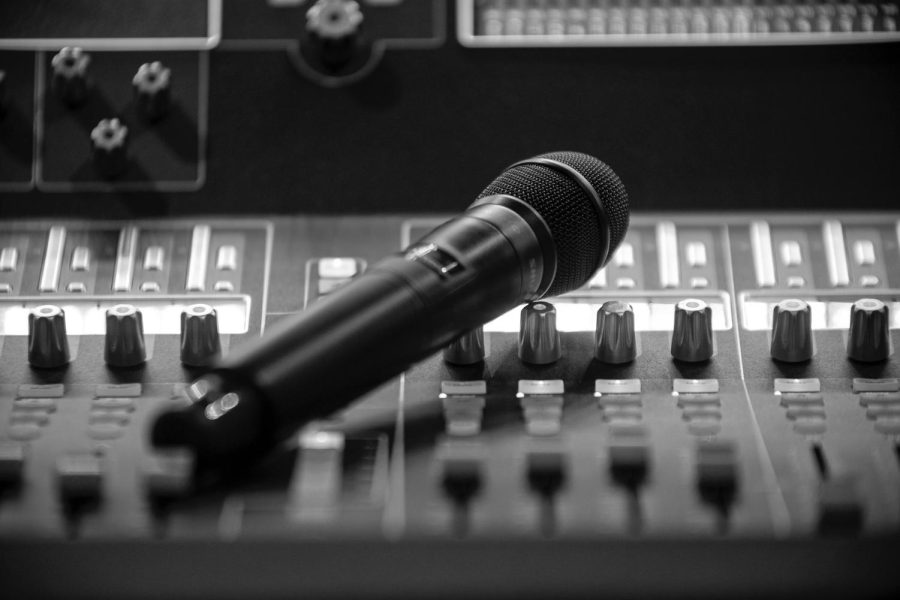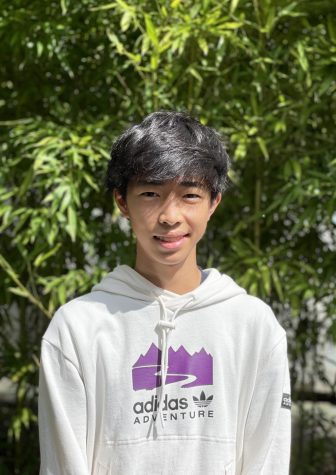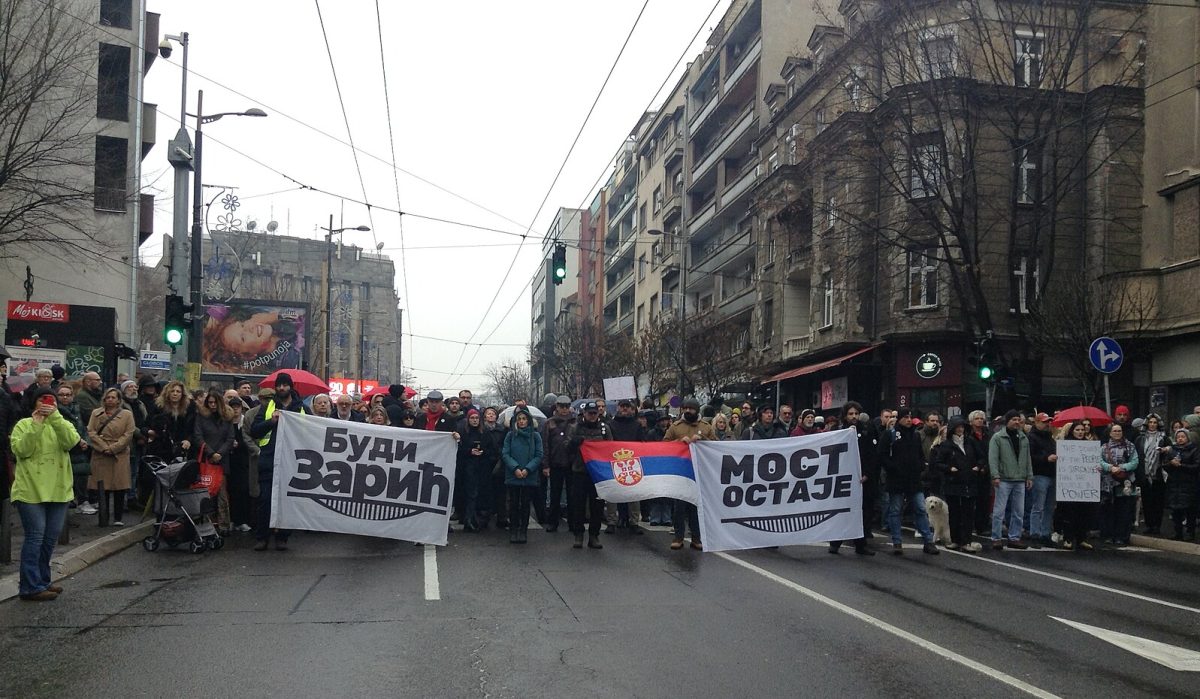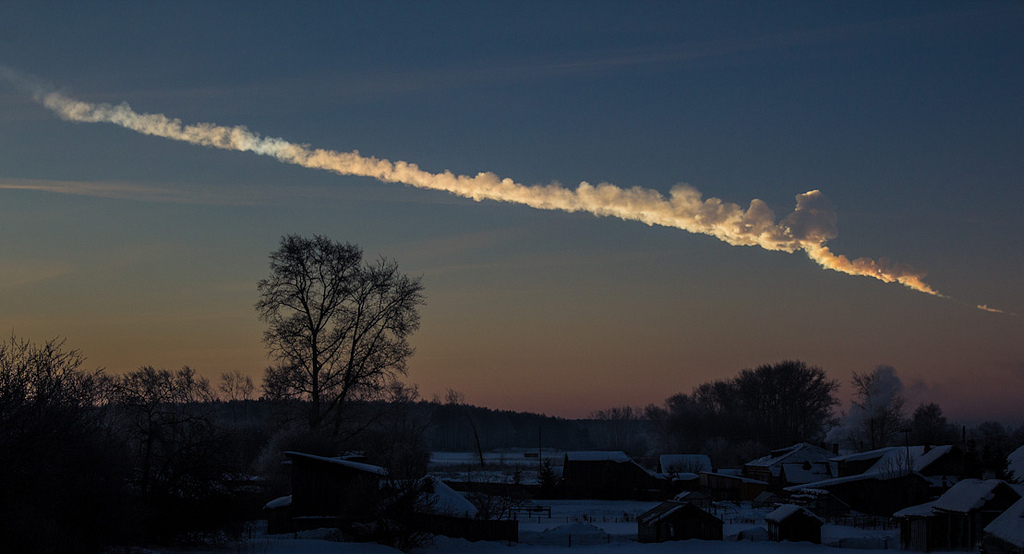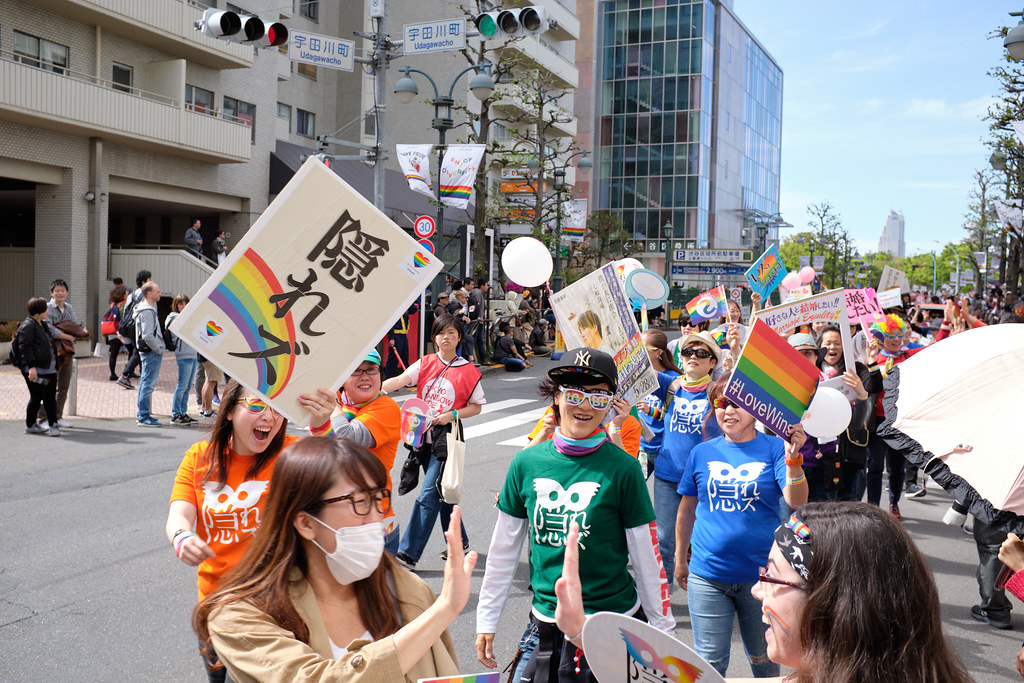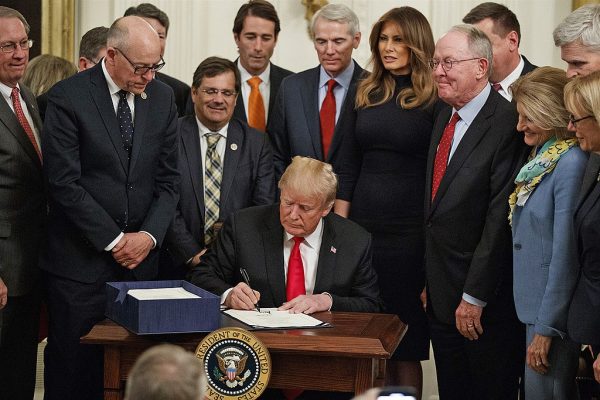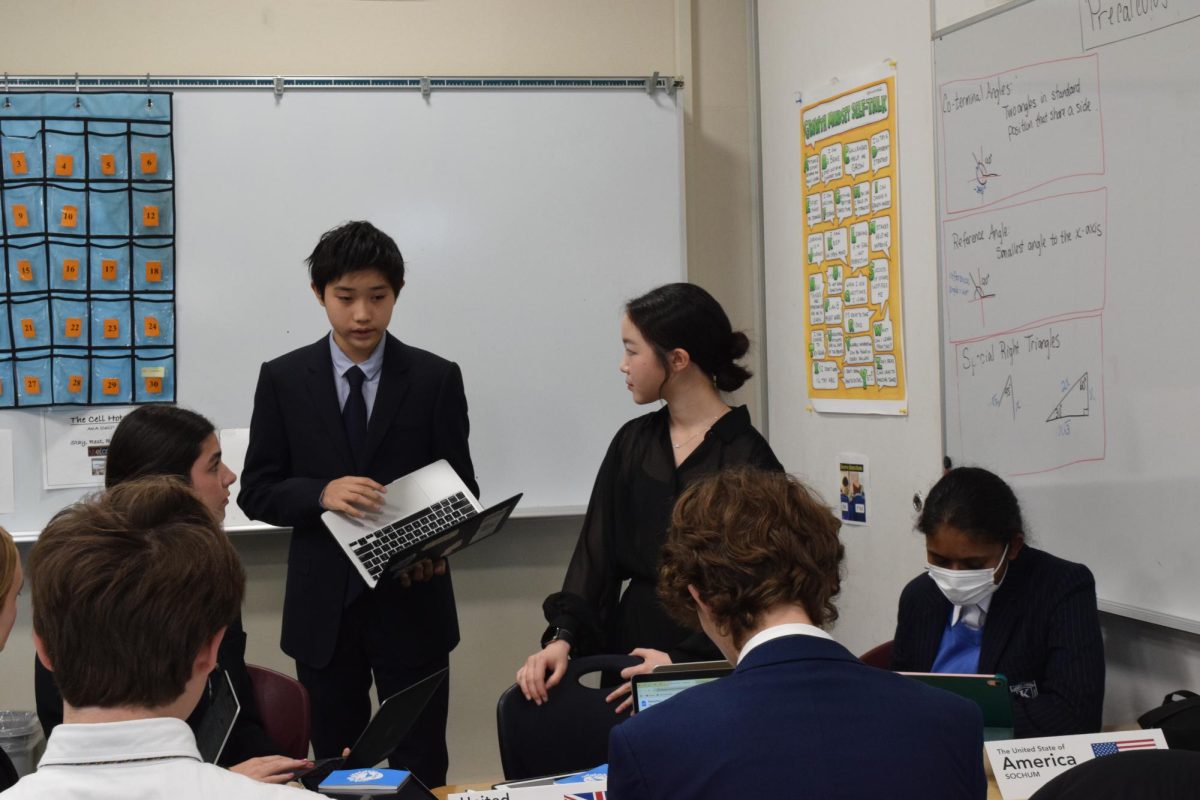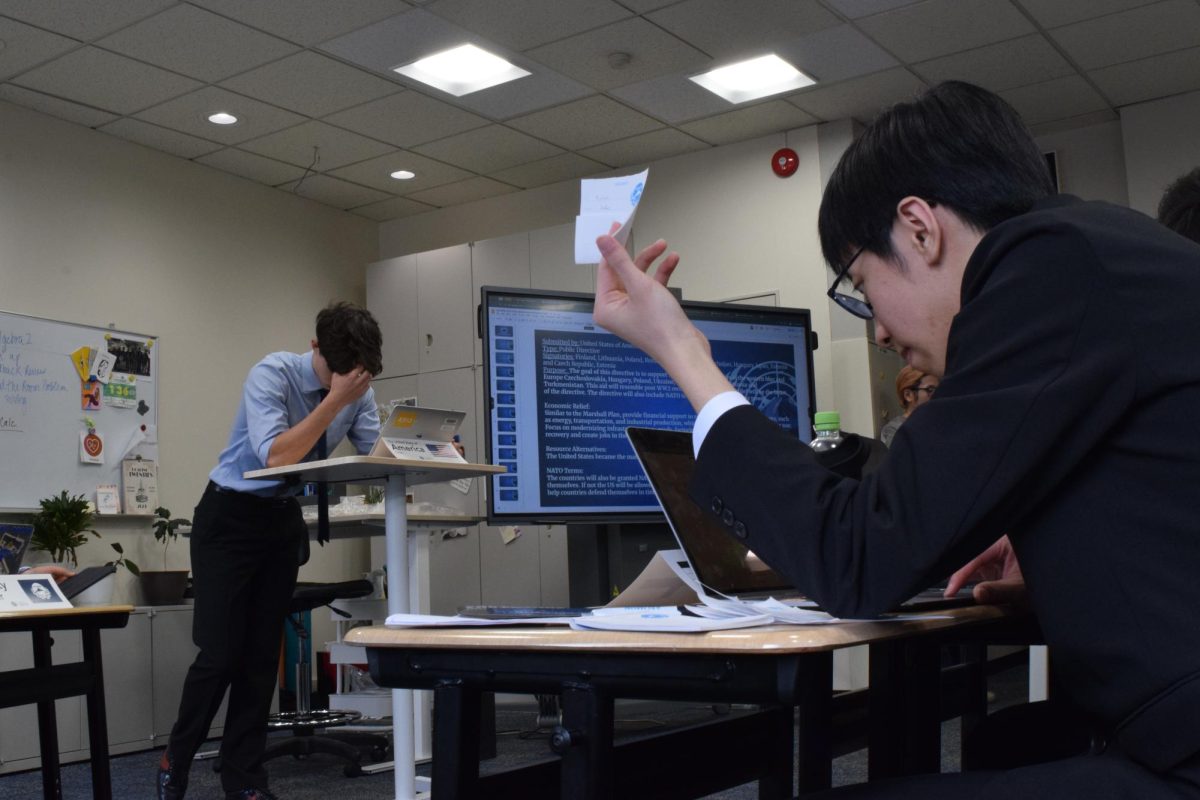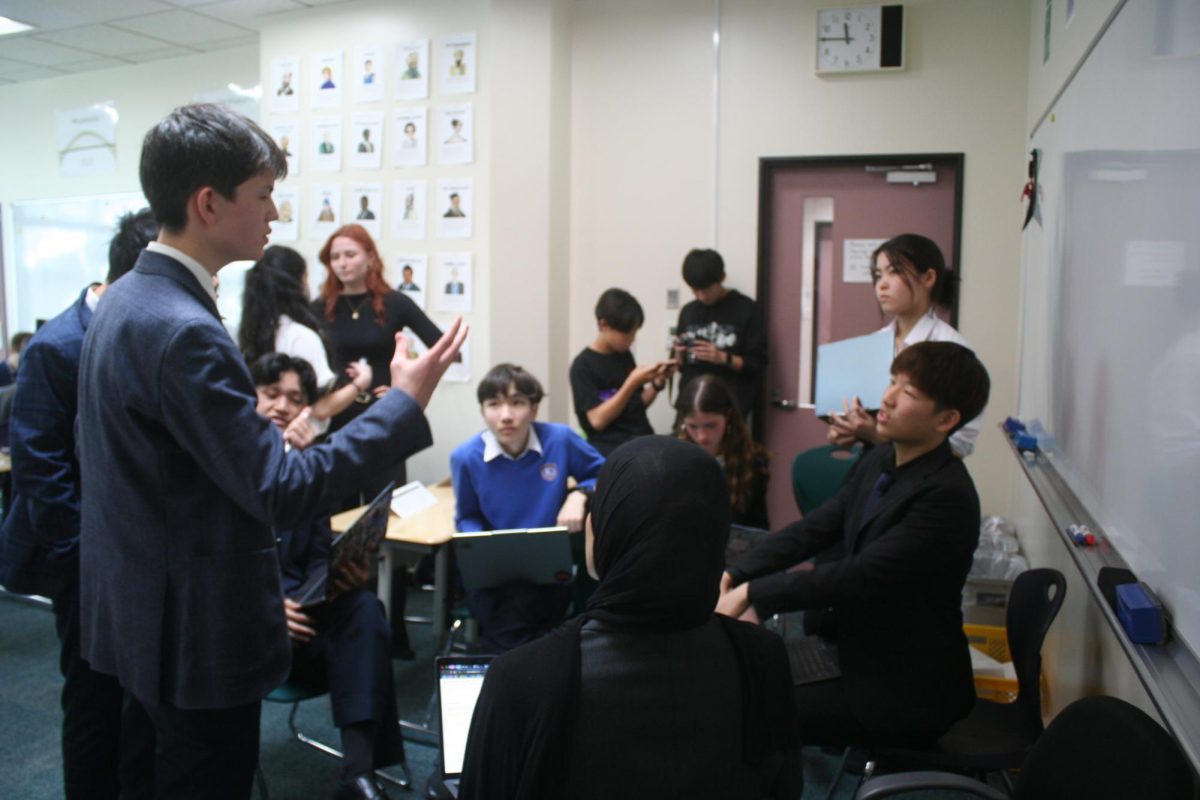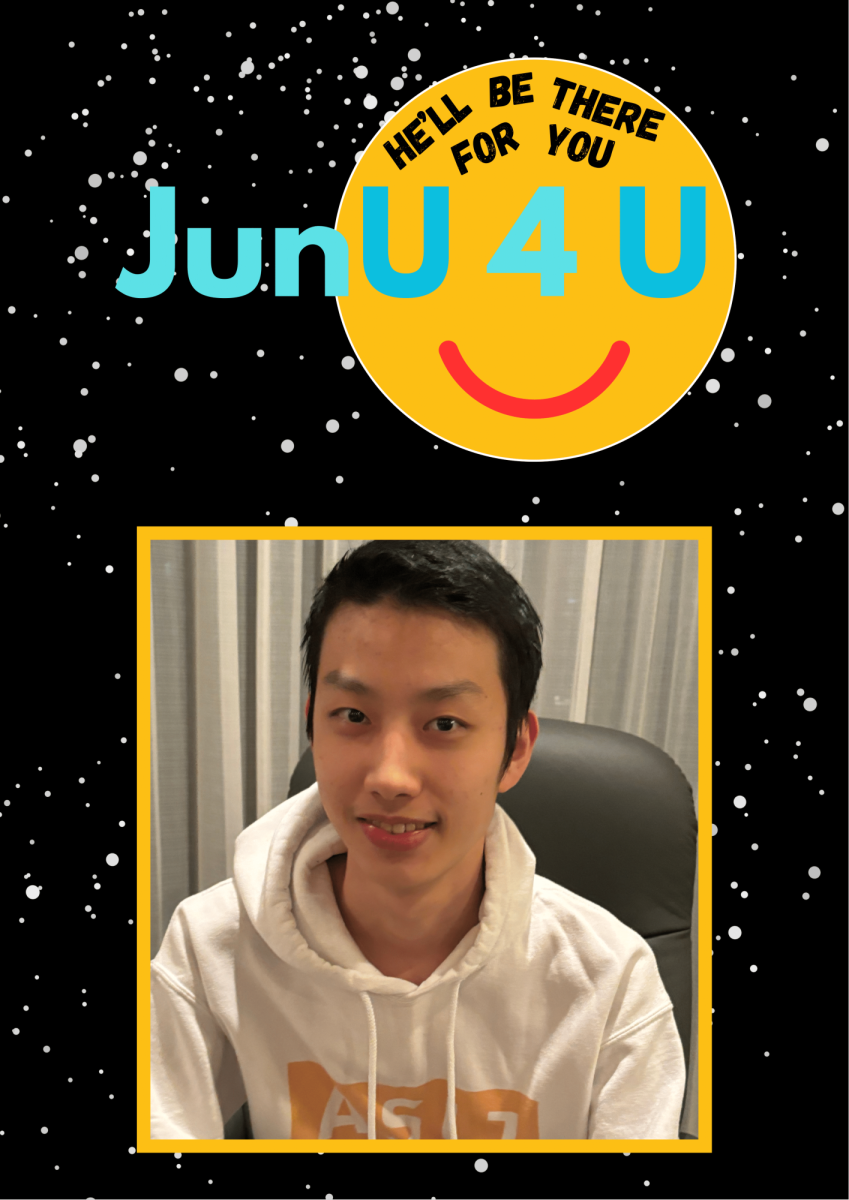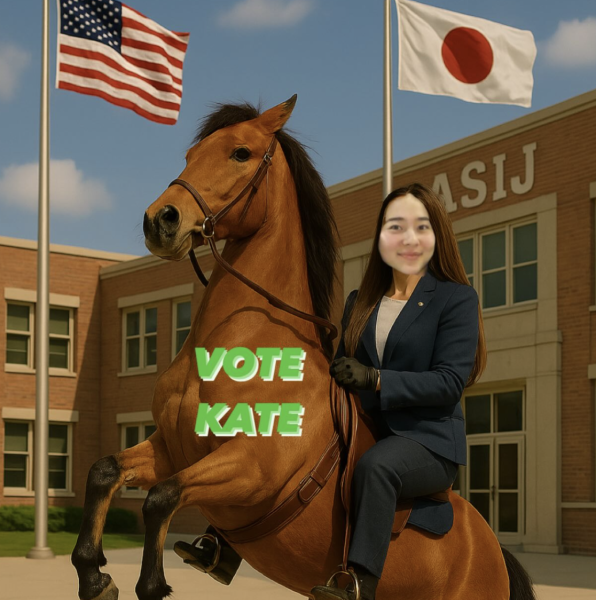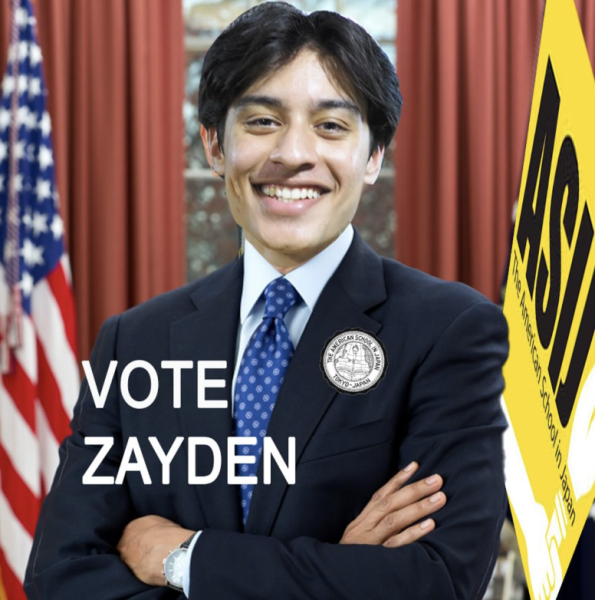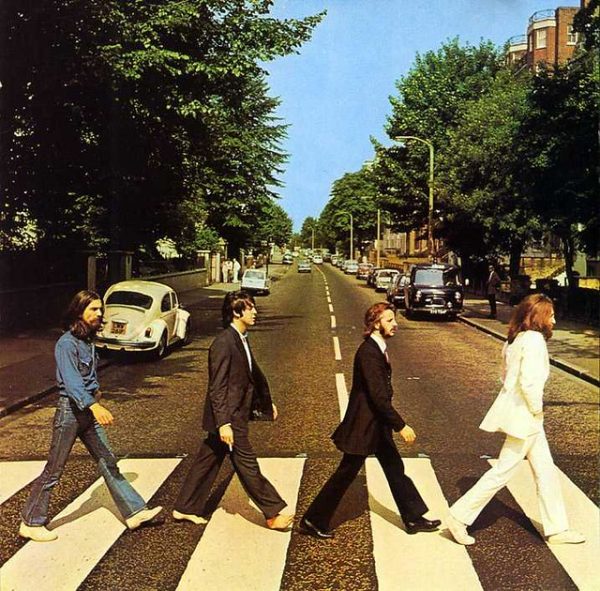The Thin Line Between Hip-Hop and Poetry: A Conversation
April 4, 2022
“To destroy the beauty from which one came.”
“I was not born under a rhyming planet.”
“The most benevolent king communicates through your dreams.”
One of the quotes derives from a Shakespearean play, while the other two are from rap songs by Jay-Z and The Wu-Tang Clan. Are you able to distinguish between the line of classic poetry and the bars of modern rap?
Rap, or hip-hop, is a phenomenon. It has not only brought a new genre of art into the musical industry, but has influenced pop culture, media, and fashion. The freedom of expression and styles that rap encourages pushes artists to stretch the boundaries of their music beyond music.
Lyrically, rap songs use various literary devices ranging from rhyme scheme, rhythm, figurative language, allusions, alliteration, and more. Yet, these terms often seem more appropriate at an English class, rather than a Kanye West listening party. Thus, the connection between hip-hop and poetry is continually debated. What is the difference between the two forms of expression? What are their common traits?
These questions were brought up repeatedly in my English class while covering a unit on poetry. ASIJ staff member Ms. Jilene Murray was a special guest in our English class, teaching a short lesson on the topic. Although it was a “lesson” taught in class, the duration of the class was spent discussing, debating, and sometimes arguing with classmates. In the end, there were no concrete answers to these questions. It was all up to debate, but I wanted to learn more. So, I reached out to Ms. Murray to continue the discussion and have a conversation regarding the fine line between rap and poetry.
Ms. Murray is the learning data and assessment specialist here at ASIJ. In the past, she had been a third- and fourth-grade teacher. She described her relationship with poetry as “off and on.” At fifteen, she developed a love for poetry in her English class. She has even kept her binder of poems from her years in high school, going through periods where she would write a lot or write hardly anything. “When the words come, they just come. I try to make space for it even if it’s like being out somewhere and writing down something on a napkin,” she said.
With her relationship with hip-hop, she explains how she was influenced by her older brother, who grew up in the late 70s and 80s. As she grew into it, she watched hip-hop evolve and develop throughout the 80s, 90s, and 2000s. “I’ve seen it change,” she said, “I’ve seen it become different based on where people are in the world.” She recalled her time living in Dubai, where it dominated the underground hip-hop scene of the Middle East. She explains how some rappers rapped in Arabic while others had adapted a traditional “New York Style.”
As she had witnessed the development of hip-hop, I asked Ms. Murray how modern-day hip-hop differs from its past. She explained that hip-hop’s growth owes itself primarily to DJs during the tail end of the Disco Era. In the early 80s, DJs would mix and scratch records to play music at block parties. As it evolved, DJs began integrating an MC, master of ceremonies, who started to make up rhymes and tell stories over these beats.
At first, hip-hop used simple end rhymes in the early stages, but it quickly expanded into a complex art of lyricism. Over time, DJs and MCs began incorporating references to movies, art, and even historical events to music. In addition, cassette tapes were passed around the neighborhood and eventually went into the hands of major radio stations. Eventually, rap took hold of New York City and began to make its way to various regions. For example, West Coast artists like Dr. Dre invented and peddled their own unique sound during the 80s. This melting pot of new sounds, styles, and techniques blended Hip-hop into a diverse culture.
Hence, with so many elements and aspects, it is difficult to pinpoint an exact definition of hip-hop and rap. Ms. Murray simply calls it “art.” In her opinion, the line between the two art forms, rap and poetry, is “very, very thin.” She “would definitely consider some lyrics to be poetry,” but makes the case that it “depends on the content.”
As Ms. Murray explained, the distinction between the two depends on “how people are using the unique sounds, techniques, and cultural identity of their art to influence or impact their audience. Because that’s poetry, right?” While both a hip-hop artist and a poet “pours from their heart onto the page,” the former can also “take [their music] and put it over a beat and music just to entertain.” This is commercialization. When a rapper’s sole object is to profit and sell records, their content may lack depth or purposefulness, differentiating it from poetry.
On the other hand, when artists create their content based on experiences rather than money, it resonates deeper within listeners. In the 80s and early 90s, hip-hop revolved around the socioeconomics, violence, and police brutality that rappers had witnessed or experienced. As a result, rap may have garnered a brutal reputation from the violent and explicit content it covered. But artists were only writing about what they knew and had experienced, pouring out their lives in the pieces they crafted. In songs like these, their depth and lyricism arguably make them poetry.
Returning to the beginning, the three quotes belong (respectively) to Jay-Z’s “You Must Love Me,” William Shakespeare’s Othello, and the Wu-Tang Clan’s “Impossible.” All of these men are expressing themselves with tremendous creativity, and all of them have crafted masterpieces. Some poetry can be rap, and vice versa. Rap and poetry are two different art forms with the same purpose: to verbalize thoughts, feelings, and experiences from any and every voice to be heard. With similar techniques and intent embedded in both forms of art, they may not be so different after all.

